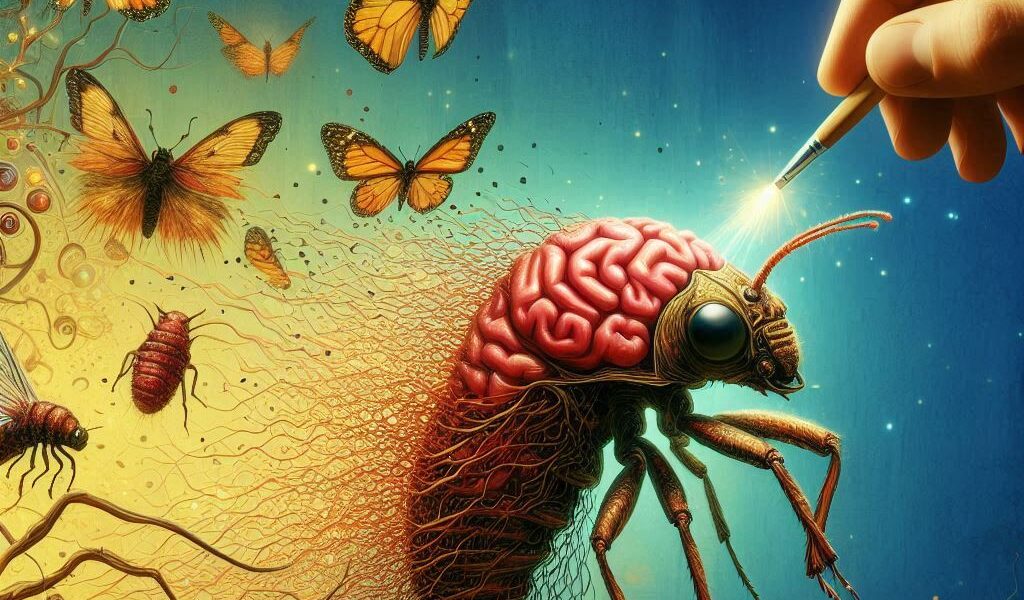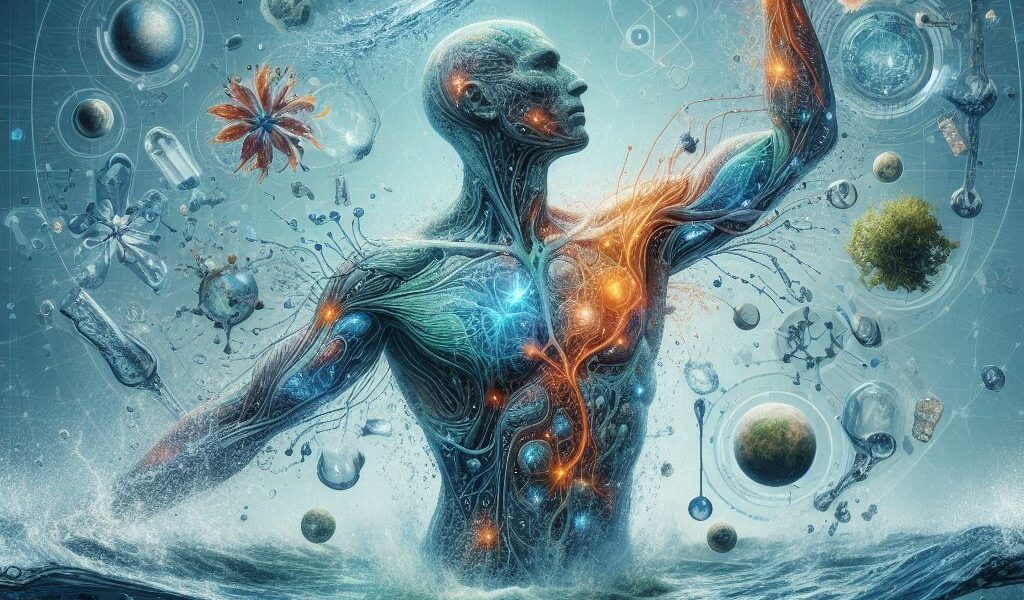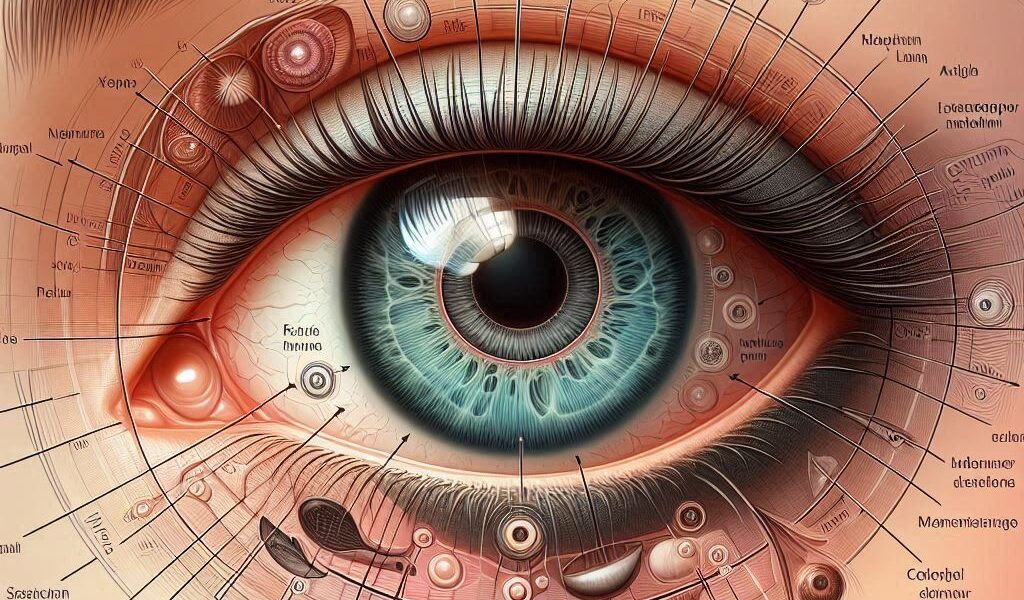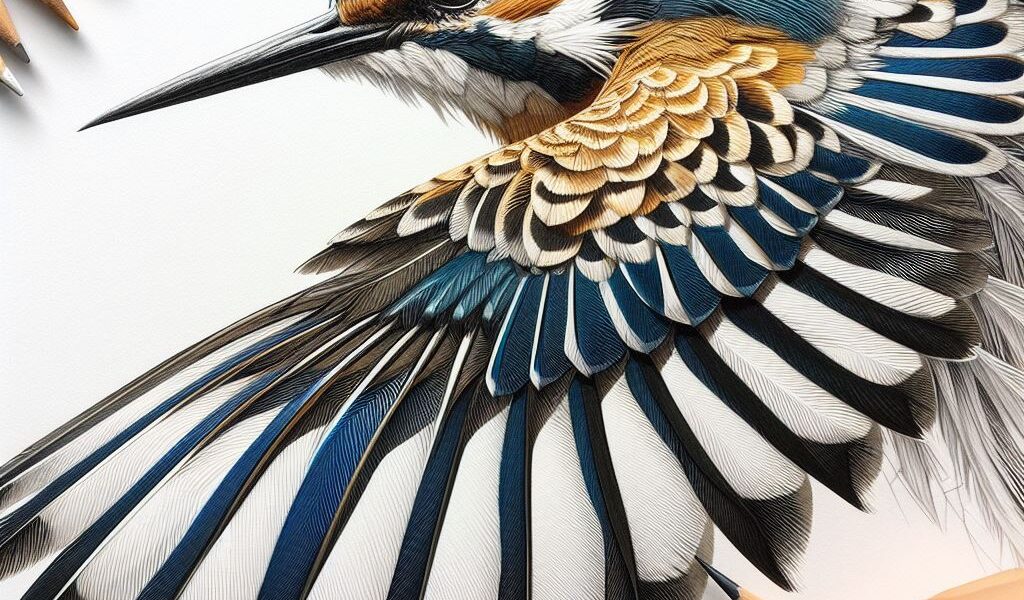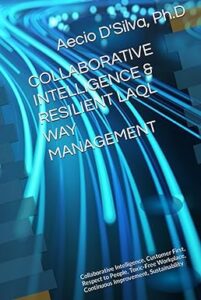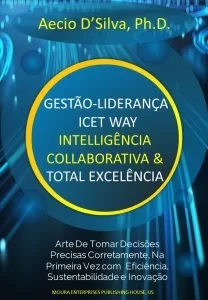The Mind-Bending Science of Metamorphosis – How Insect Brains Transform to Fit Their New Bodies
Prof. Aécio D’Silva, Ph.D
AquaUniversity
How does a crawling caterpillar turn into a delicate butterfly? How does a clumsy tadpole become a leaping frog? The secret lies in metamorphosis, one of nature’s most astonishing transformations.
For insects like butterflies, moths, and beetles, this change isn’t just about growing wings—it’s a total body and brain reset. Inside the chrysalis, their brains literally melt and rewire, forming an entirely new nervous system for their adult lives.
But how does this happen? How can memories survive when the brain is dissolved? Why does evolution favor such an extreme transformation? Scientists are still unraveling the mysteries of how and why metamorphosis works. In this article, we’ll explore the science behind this mind-bending process and what it reveals about intelligent design, genetics, and even neuroscience.
Category: Intelligent Design
Biological Water: The Lifeline of Cellular Function
Understanding the Water That Powers Life
Prof. Aécio D’Silva, Ph.D
AquaUniversity
Summary: Biological water is not just ordinary H2O—it’s the dynamic, interactive medium within our bodies that enables life-sustaining processes. From nutrient transport to waste removal, biological water is the unsung hero of cellular function.
Biological water refers to the water molecules within our bodies that are directly involved in biological processes. Unlike regular water, biological water interacts with proteins, enzymes, and other cellular components, enabling vital functions like nutrient transport, waste removal, and cell maintenance. This blog explores the concept of biological water, its unique properties, and its critical role in sustaining life.
The Intelligent Design of the Human Eye: Understanding the Complex Structure of the Human Vision
Unveiling the Intricacies of Our Visual System
Prof. Aécio D’Silva, Ph.D
AquaUniversity
Summary: The human eye is a complex organ composed of trillions of cells that work together to capture and interpret visual signals. This blog explores the formation and alignment of these cells, the structure of the eye, and the consequences of misalignment, providing a comprehensive understanding of how our eyes achieve such remarkable precision.
Human eye – The human eye, a marvel of biological engineering, consists of trillions of cells perfectly aligned to capture and interpret visual signals. This intricate structure forms rapidly during development, achieving a level of precision that allows us to see the world in all its glory.
The Silent Storm: Coronal Mass Ejections and Their Impact on Modern Society
When the Sun Reaches Out: Understanding Coronal Mass Ejections
Prof. Aécio D’Silva, Ph.D
In the vastness of space, the Sun’s wrath extends far beyond its fiery surface, sending shockwaves that challenge our technological resilience on Earth.
The Sun, a seemingly constant source of light and life, harbors a dynamic and turbulent nature. Coronal mass ejections (CMEs) are particularly significant among its many solar activities due to their potential to disrupt our technologically dependent society.
The Power Grid Under Siege – The Invisible Threat to Our Electrical Lifeline
CMEs pose a serious threat to electrical power grids worldwide. These massive bursts of solar wind and magnetic fields can induce geomagnetic storms capable of distorting Earth’s magnetic field. This distortion can generate damaging electrical currents in power lines, transformers, and other electrical grid components, leading to widespread power outages.
How Biomimicry Fosters Creativity and Innovation
How combining cutting-edge technology with lessons learned from natural systems, engineers and researchers can create sustainable, intelligent, efficient, and innovative solutions
Biomimicry is the practice of learning from nature and applying its principles to human design challenges. It is a powerful tool for innovation, as it can inspire novel solutions that are both effective and eco-friendly
Prof. Aécio D’Silva, Ph.D
Biomimicry is the science and art of emulating nature’s best ideas to solve human problems. It is based on the premise that nature, made by the intelligent design of the Creator of everyone and everything, has already solved all the challenges we face today, such as energy efficiency, water conservation, waste management, and resilience. By observing how nature works, we can learn from its strategies and adapt them to our own needs.
In this post Intelligent Collaborative of algaeforbiofuels, we discuss why biomimicry is important because it can help us create more sustainable and innovative solutions that are in harmony with the environment. It can also foster creativity and curiosity, as it encourages us to look at nature with a fresh perspective and discover new possibilities. Biomimicry can also enhance our appreciation and respect for nature, as we realize its value and wisdom.
Read moreWhy There Are No Green Stars in the Universe: Unveiling the Colors of Celestial Bodies
Exploring the Scientific Explanation Behind the Absence of Green Stars in Space
Prof. Aécio D’Silva, Ph.D
AquaUniversity
Join us in this post in the intriguing world of celestial bodies and discover why green stars are a rarity in the vastness of the universe. The Heavens Declare the Works of God and Nature and the Firmament Announce the Greatness of His Creation
No Green Stars – Gazing up at the night sky, we often marvel at the twinkling stars, each radiating a unique hue. From the fiery reds to the brilliant blues, the colors of stars have fascinated humans for centuries. However, one question persists: why do we never see green stars? In this blog post, we will unravel the scientific explanation behind this intriguing phenomenon and shed light on the true nature of stellar colors.
Read moreThink Like a Scientist: Unlocking the Power of Rational Inquiry
Cultivating a Scientific Mindset for Problem Solving and Critical Thinking Prof. Aécio D’Silva, Ph.D AquaUniversity Embracing scientists’ curiosity-driven, evidence-based approach can revolutionize how we navigate […]
Read morePrivileged Species – Are we Accidental or Designed?
Privileged Species – “Are humans the accidental products of a blind and uncaring universe? Or are they the beneficiaries of a cosmic order that was […]
Read more